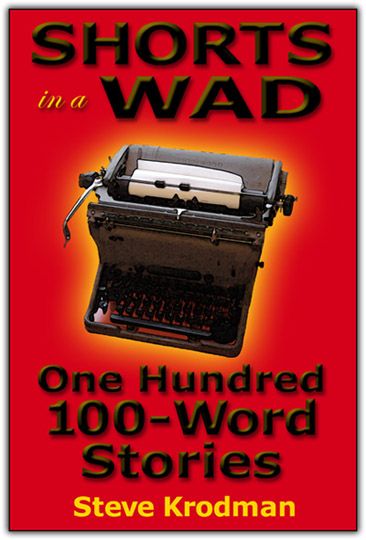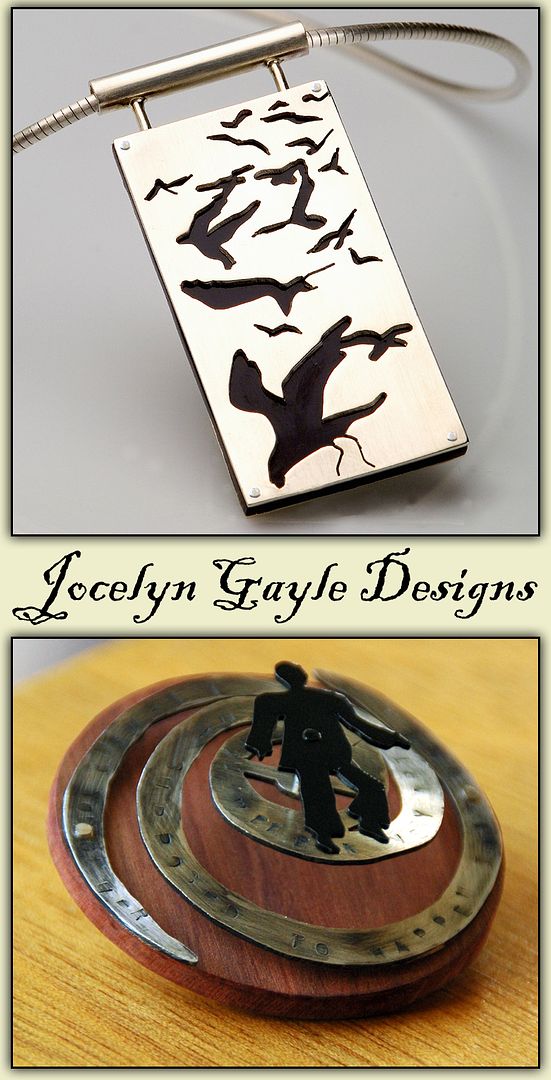There are some Children’s Stories that have a peculiar effect on me, that resonate far in the back of the brain. Even today, reading them gives me the strangest sensation of having dug deep, deep into my own Personal Memory.
It’s most likely a consequence of my learning to read at an early age. I began deciphering the English alphabet and reading at the age of three. I have very clear memories of the first books I read: one was a collection of Aesop’s fables, another was an illustrated edition of Carl Sandburg’s Rootabaga Stories.
One day, my parents arranged for a teacher to visit in order to see just what it was I was doing with these books. I still have vague memories of her visit, this woman who had to be, in my three-year-old eyes, the Oldest Living Human on the Planet. She listened to me read from my Aesop’s Fables book and apparently was convinced that I was not just reciting the words by rote. At one point – I cannot remember whether it was during this teacher’s visit or at some other time – my father gave me a paragraph to read from the New York Times, which I did, slowly and laboriously sounding out each unfamiliar word.
When the world of books is opened to such a young mind, the earliest impressions are buried in one’s most primitive memories, impressions that may be all but untraceable years later but which are still there.
I remember reading one story that was about a child who had to do without animal products – wool, meat, milk, eggs – and after a day or so, then had to do without vegetable-based products – cotton, etc. Was the privation the result of a wish gone awry? I cannot remember. I do know that the story ended with the world restored to its normal state, with the child enjoying a new-found appreciation for the everyday Manufactured Items surrounding him. What I don’t know is what book the story appeared in or who wrote it...questions that have nagged at me for years when I have nothing else to worry about. (Harh!)
And then there was the above-noted Carl Sandburg book, a collection of short stories for children that was originally published in 1922. Sandburg had written these stories with the intention of creating fairy tales that were uniquely American, with trains and skyscrapers in lieu of kings and wolves. One in particular made an impression on my Toddler Mind, the story of a family (the Huckabucks) who found a silver buckle inside a squash, an omen that their lives were about to change. I don’t know what it was about that story that attached itself to the back of my brain, but upon finding a recent edition of Rootabaga Stories and discovering therein the tale of the Huckabuck family, I had the most bizarre sensation. It was almost as though my mental clock had been turned back a full fifty years. As looked at the pages, the illustrations and words appeared hauntingly familiar. “I remember this!” I thought, holding the book in my hand. As much as the words themselves, I had a fleeting memory of it was like to see them for the first time, when every page turned was a new adventure at the beginning of childhood.
And in some ways, it still is.
Subscribe to:
Post Comments (Atom)




















No comments:
Post a Comment